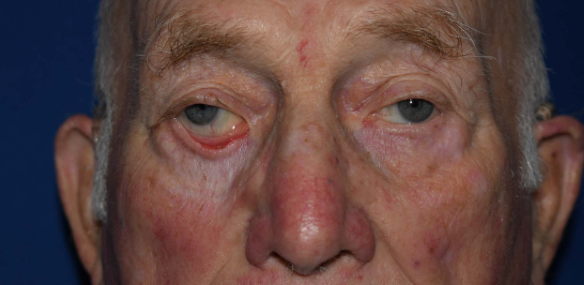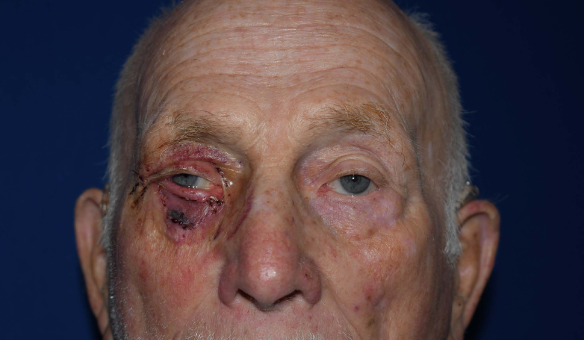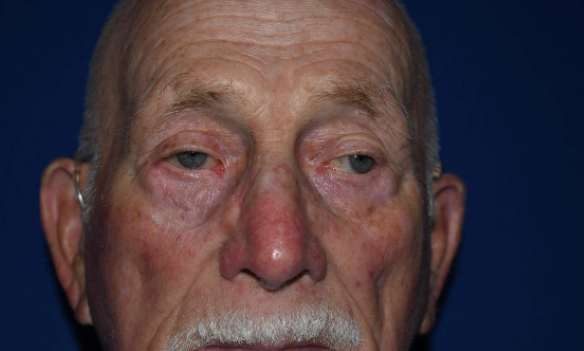No one has perfectly symmetrical eyes. Often one eyelid lies a bit lower than the other or has some mark like a freckle that makes it appear different. That’s normal and nothing to be concerned about. However, there are eyelid issues that can impair vision and cause ocular problems that need to be checked out by a doctor and potentially repaired through surgery. Our team at EyeHealth Northwest can examine your eye, offer a diagnosis, and repair the problem for any of the following issues:
Ptosis | Droopy Upper Eyelids
Some people have naturally drooping eyelids, a condition called ptosis. This drooping may hardly be noticeable, or it may be so severe that the eyelids begin to obstruct a person’s vision becoming inconvenient and uncomfortable.
The condition does not usually go away on its own and requires treatment by an eye surgeon to restore the eyelids to their normal position.
Eyelid Malposition | Entropion | Ectropion
Eyelid malposition is the abnormal positioning of the eyelids. The disorder is relatively common in aging patients but is something that should and can be repaired through surgery. A surgeon can reposition or anatomically and functionally reconstruct the eyelid.
There are two types of eyelid malposition:
- Entropion is the inward turning of the eyelid, causing the eyelashes to brush against the cornea. Patients complain of eye pain, excessive tearing, redness, and irritation caused from the rubbing lashes. Left untreated, entropion could lead to permanent damage to the cornea and some vision loss.
- Ectropion is the outward turning of the lower eyelid. As the lid sags away, the eye is exposed, and patients experience dryness and excessive tearing.
Eyelid Lesions and Skin Cancer
According to the American Cancer Association, skin cancer in America is considered a growing epidemic. Excessive sun exposure is the main culprit, but skin tone, genetics, smoking, and age are also contributors.
Any new eyelid lesion should be examined by a doctor. While they are often benign, there are several types of skin cancers that appear around the eyelids and a lesion could be the first sign. An ophthalmologist can provide an accurate diagnosis based on a patient’s history and a clinical examination and be able to diagnose with a vision screening, but sometimes a biopsy may be required.
Protecting your eyes and skin from sun damage is the best way to prevent these problems.
Unblocking Tear Ducts
A doctor will analyze your symptoms and irrigate the affected duct to determine the degree of blockage. A warm compress and antibiotics may temporarily alleviate some of your symptoms however surgical intervention is typically the most effective permanent treatment. One of the most common surgical solutions is dacryocystorhinostomy (DCR). This procedure can be done externally or endoscopically without a need for a skin incision, thus avoiding the formation of a visible scar. Your doctor will create a new passageway and temporarily insert a Crawford tube to facilitate the flow of tears from the eyes to the nose. The Crawford tube will be removed in the office approximately 3 months after your surgery.
Eyelid Treatments
If you have been diagnosed with a condition impacting your eyelids, EyeHealth Northwest can help. Dr. Prashanth Vallabhanath, Dr. Francisco Castillo, and Dr. Bryce Radmall are comprehensive ophthalmologists and fellowship-trained oculofacial plastic and reconstructive surgeons, who specialize in medical and cosmetic eyelid surgeries. These surgeries are offered to repair the damage and have you seeing clearly again:
Eyelid Reconstruction
While eyelid reconstruction is commonly needed after cancer treatments, it is also used for eyelid trauma and for conditions such as entropion or ectropion. Eyelid reconstruction can be used to maintain eyelid function and preserve vision. While there are differences in how complex the reconstruction is, the end result will be an aesthetically natural appearance.
Skin Cancer Removal
The most effective way to treat cancer on the eyelid is to completely remove it through surgical excision and then restore the natural appearance through eyelid reconstruction. Skin cancers that occur around the eyes must be handled delicately, but the required surgery is often performed on an outpatient basis with local anesthesia.
Unblocking Tear Ducts
A doctor will analyze your symptoms and irrigate the affected duct to determine the degree of blockage. A warm compress and antibiotics may relieve the blockage but surgical intervention is the most effective treatment. The most common surgical solution is dacryocystorhinostomy (DCR). A small incision is made on the side of the nose and some bone is removed to make space for a Jones or Crawford Tube that provides a new connection between the eye and nose to facilitate the flow of tears.
Call us to schedule a consultation at (503) 557-2020. Or request a consultation online.
Before & After
Lid Lesions

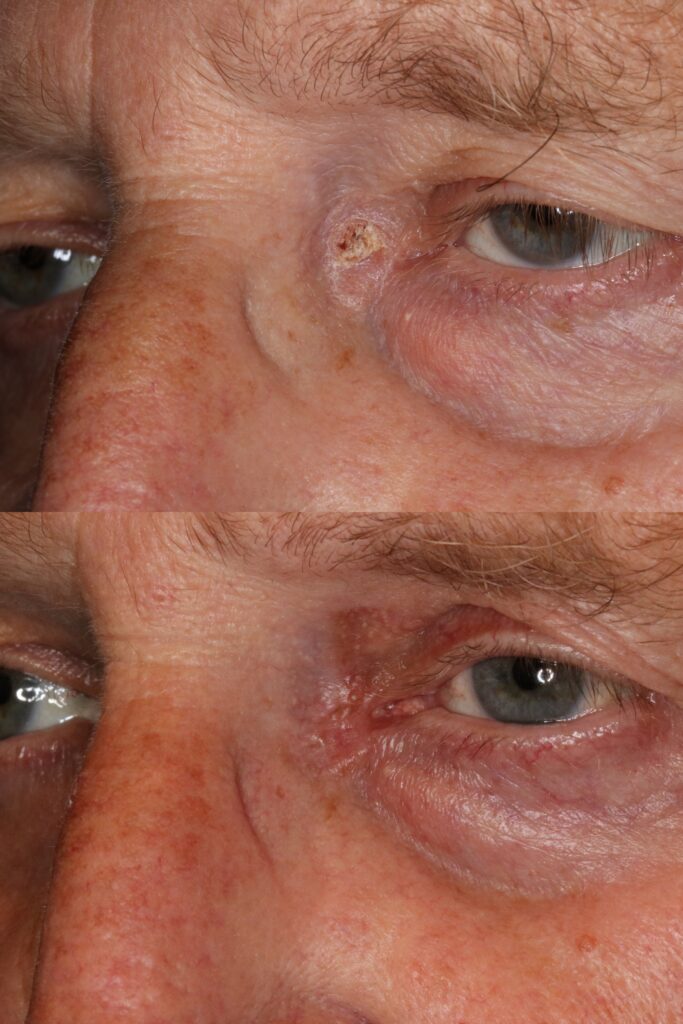
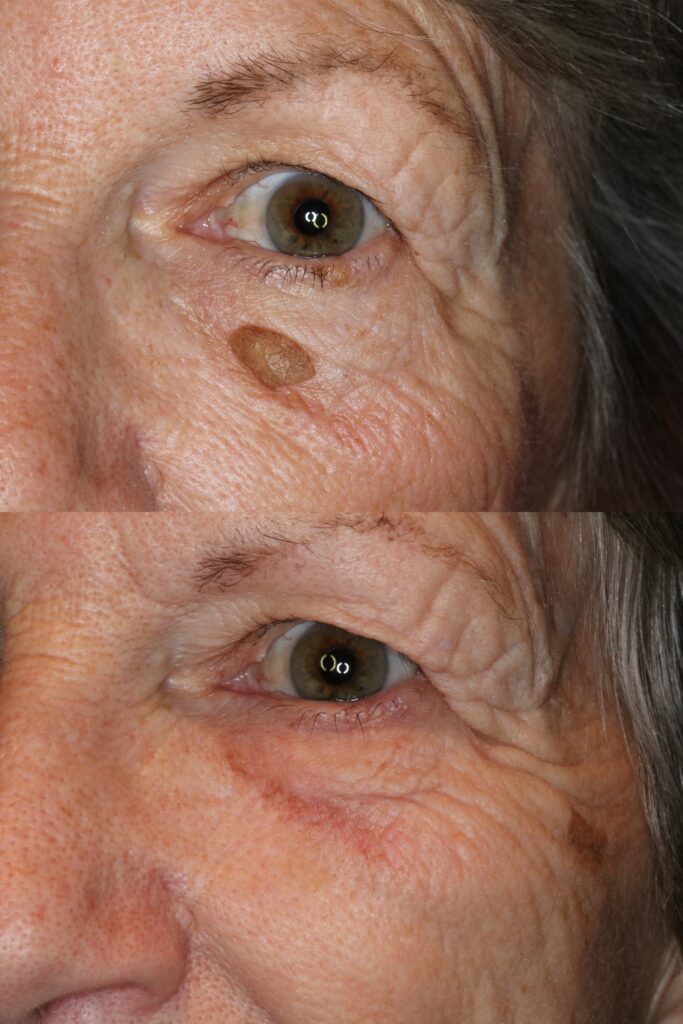
Entropion
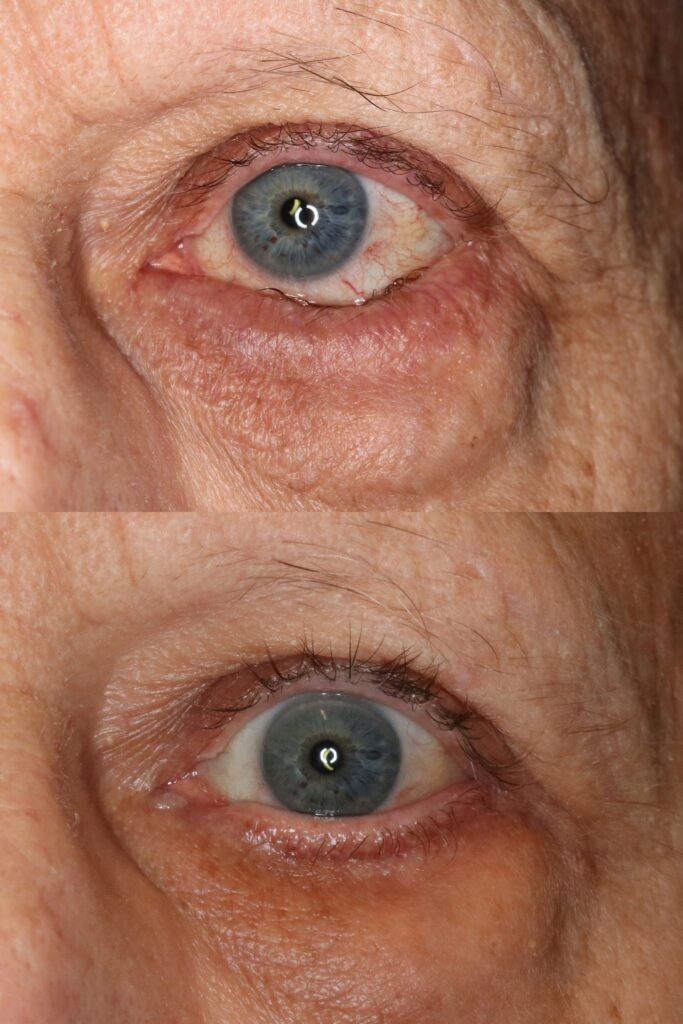
Ectropion
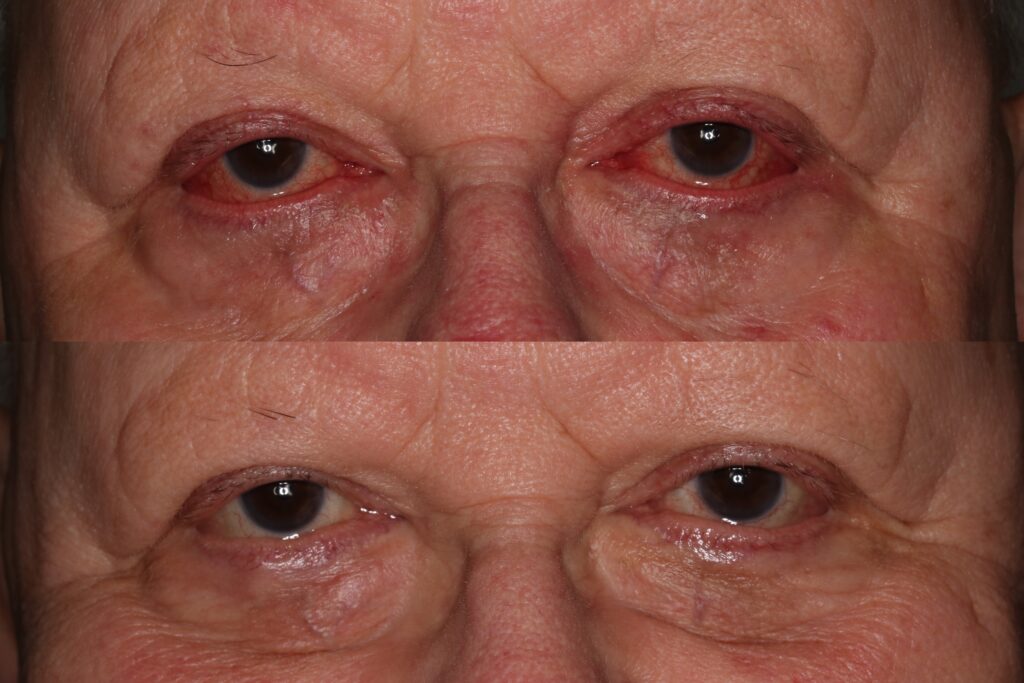
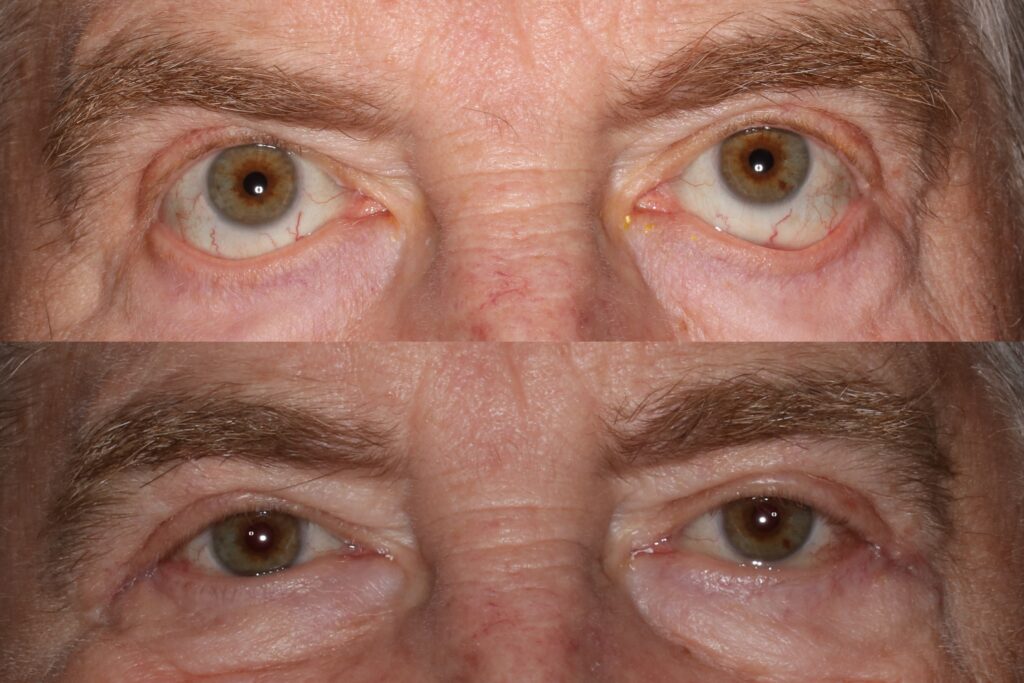
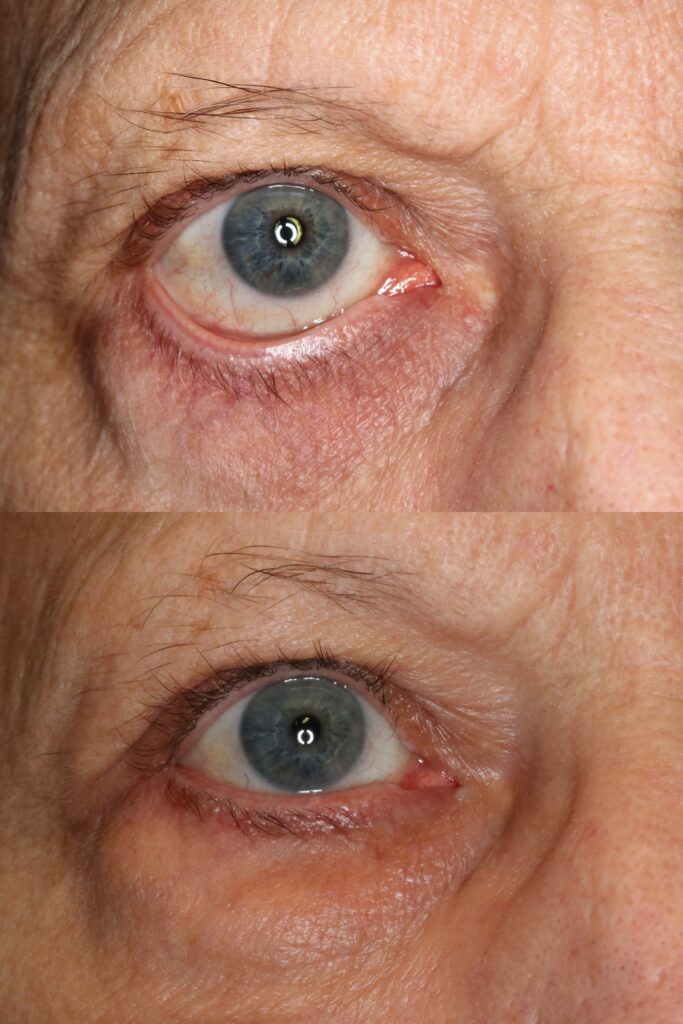
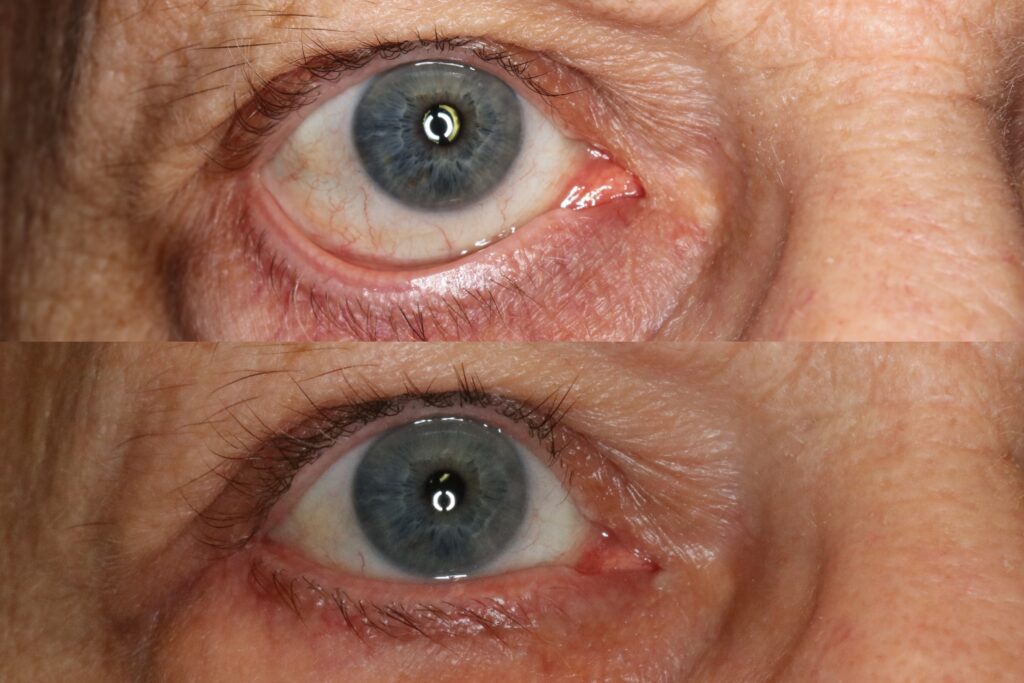

Procedure: Right lower lid retraction repair after outside orbital fracture repair by another surgeon


Procedure: Cicatricial right lower lid ectropion repair with full thickness skin graft of Right lower lid (after prior Moh’s surgery at an outside facility for skin cancer).
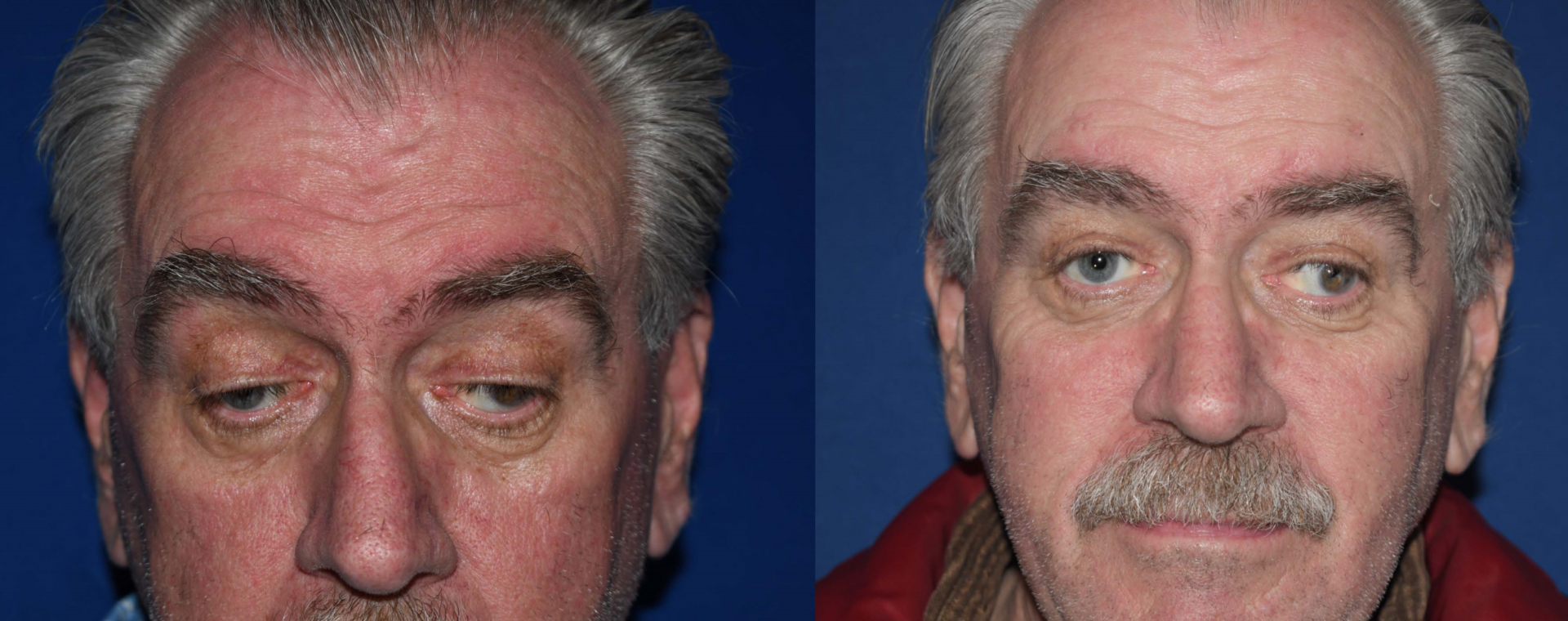
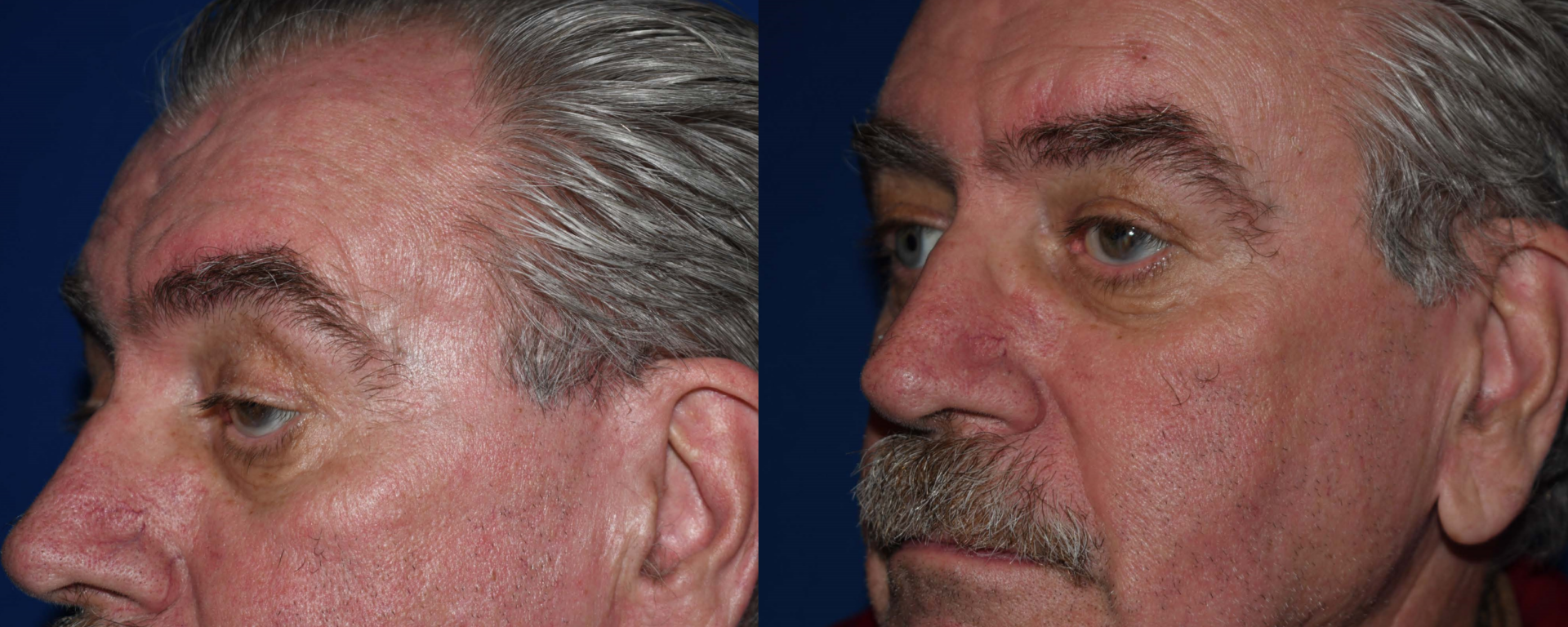
Procedure: Bilateral ptosis repair by silicone sling for OPMD
Procedure: Right Lower Lid Cicatricial Ectropion Repair (Image 1), 1-week post-procedure (Image 2), 3-month post-procedure (Image 3)

